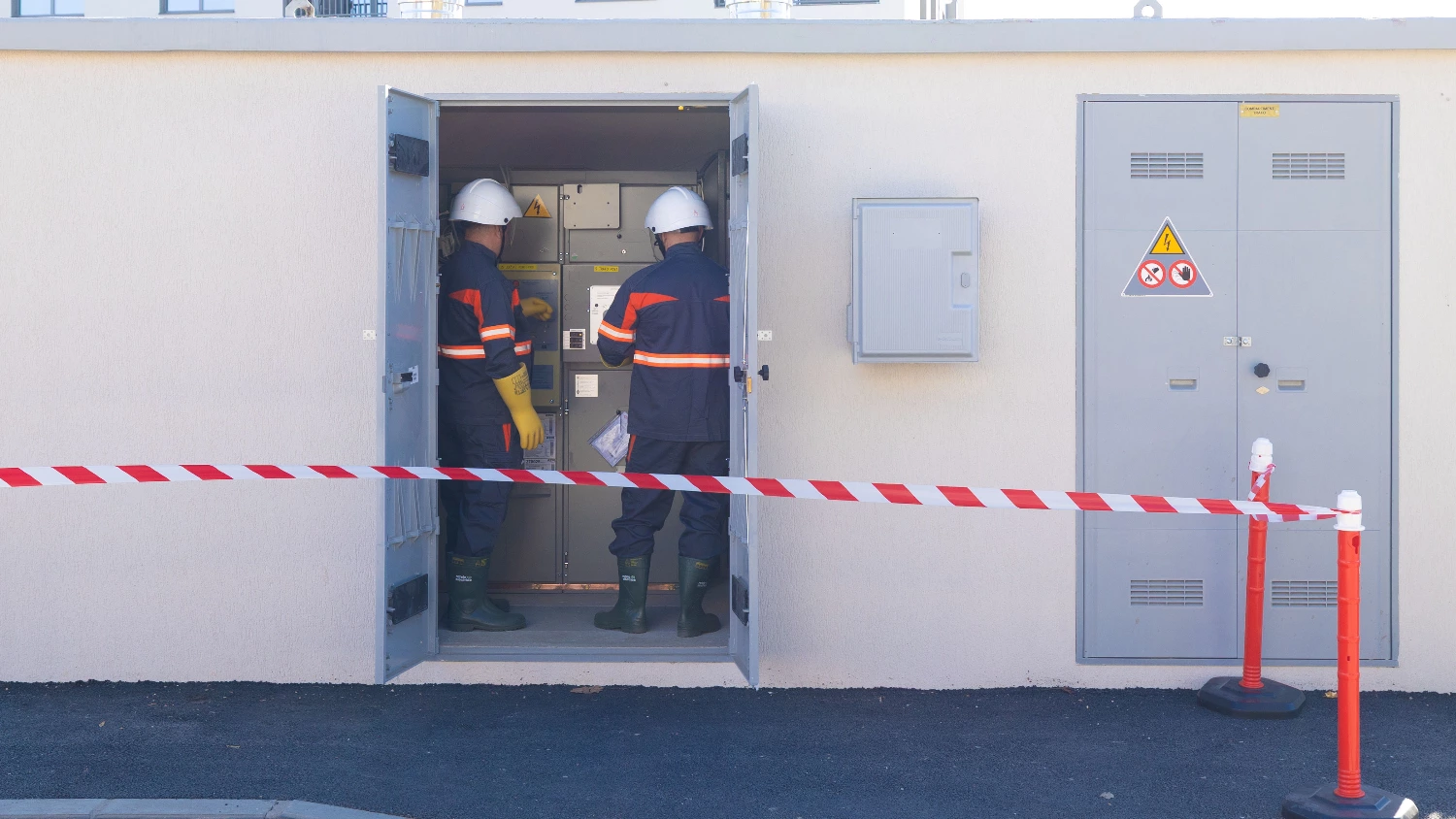“The analyzed figures represent a relevant x-ray aimed at understanding the business environment in Romania. We are not talking about a crisis or an external factor that disrupted the activity of companies in 2023, we are talking about an acute, multiannual and statistically relevant lack of performance, materialized in poor results and suboptimal indicators. The bottom line is that we are at a critical point where all these companies must adopt measures to adapt and consolidate in order to continue on the long term and have the ability to respond to new challenges,” said Paul-Dieter Cîrlănaru, CEO, CITR.
Of the impact companies, approximately 17% are newly entered into this category and include both newly established companies and companies that, in the previous year, did not reach the threshold of assets greater than €1 million. 7,161 new companies entered the impact category, and 26% of them are already in an imminent insolvency situation. The companies newly entered in imminent insolvency, by migrating from one category to another, or newly entered among impact companies, are active in five industries: Construction (25%), Agriculture, forestry and fishing (14%), Real estate transactions (13%), Wholesale and retail trade (12%), Real estate transactions (13%). Thus, in 2023, the ranking of the industries with the most affected companies remains unchanged.
Moreover, 47% of the impact companies in difficulty, according to the statistics, postpone for three years the access to a restructuring measure. The debt of impact companies increased by 8%, from €211 billion, to €228 billion.
The total turnover of distressed companies at the beginning of 2024 was €140 billion, equivalent to 33% of the total turnover of impact companies.
The number of impact companies has steadily grown over the last 10 years, reaching a total of 43,241 at the beginning of 2024. Out of these, 24,748 are considered "financeable" companies, able to manage their debts and access new sources of financing. On the other hand, 8,190 companies are in a situation of imminent insolvency.
The performance of impact companies: turnover up, profitability down
“Despite a 4% increase in turnover, the companies' net result fell by 8%, suggesting a significant pressure on operating costs and a difficulty in effectively managing financial resources. Also, the total assets of these companies increased by 6% - a situation in which difficulties are observed in the recovery of receivables - and the debts increased by 8%, thus underlining the trend of increased indebtedness. All of these aspects reveal increased fragility and a build-up of debt that can have a knock-on effect in certain industries or along supply chains,” concludes Paul-Dieter Cîrlănaru.
Almost half of the impact companies, in difficulty
The Romanian impact companies have generated 83% of Romania's turnover, at national level. Currently, 43% of all impact companies, the equivalent of 18,493 companies, are restructurable or in imminent insolvency.
The economic situation worsened during the analyzed period for most companies, only 16% of them managing to improve their financial position, migrating from the difficulty area to the financeable area.
Most of the impact companies in difficulty activate in industries like:
- Companies in the construction industry represent 21% of the total number of companies in difficulty;
- Companies in trade and commerce represent 21% of the total number of companies in difficulty;
- 11% of the total number of companies in difficulty is represented by companies in the real estate industry;
- 10% of the total number of companies in difficulty is represented by companies in the manufacturing industry;
- 10% of the total number of companies in difficulty is represented by agricultural companies.
In 2013, CITR coined the term "impact company", referring to companies with assets greater than one million euros, and studied the industries in which they operate, the level of profit, the degree of indebtedness and the debt collection rate. Using over 24 years of experience in the insolvency and restructuring market, the study aims to understand the dynamics of the business environment, but also the discrepancies in the entrepreneurial environment.
These companies are relevant because they generate most of the turnover reported nationally. In 2023, they represented 83% of the economy.











